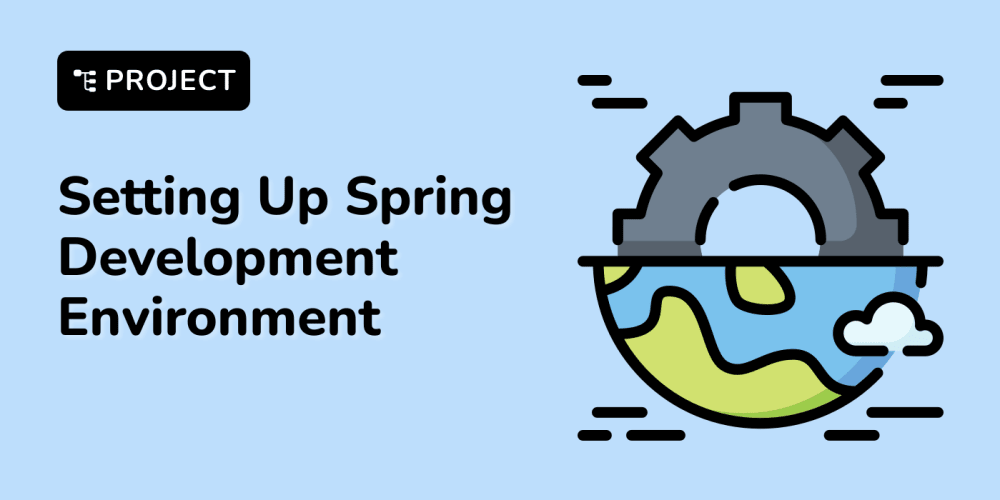How many hours do you lose each week on repetitive, garden-variety tasks? Replying to emails, scheduling meetings, reviewing documents, answering the same questions over and over again. Frustrating, right? Custom AI agents can handle all that. You just need to teach them how.
So, what are custom AI agents? 🤔 Here's a tl;dr:
AI agents are smart tools designed to perform tasks in self-directed loops (read: without human intervention). Think of them as highly-skilled digital assistants. They can handle a wide range of activities, interact with their environment, and use provided context for personalized support.
Regardless of your area of expertise, agents can save you dozens of hours each month by:
- 📤 Replying to emails and generating content in your unique voice.
- 📚 Providing team support based on internal documents.
- 💰 Generating financial reports and tracking spending based on your own records.
- ✏️ Grading assignments and offering tutoring based on students' work.
- 🔎 Managing onboarding according to HR policies.
- 💻 Conducting code reviews and generating snippets of code.
And that's barely scratching the surface.
But before we dig deeper, let's explain a few more basic concepts. 👇
🧠 Understanding AI Training
[
Regular AI tools come with general knowledge about the world "inherited" from the Large Language Models (LLMs) they are powered by. That means they might understand basic principles of customer service, basic financial accounting, or standard educational practices, but that's about it.
For instance, an AI chatbot may help you solve day-to-day problems with generalized advice. But it won't be able to provide specific steps or troubleshooting advice for a specific product. 🤷
This is where agent training comes into play.
Well, technically, it's training in the traditional sense. You're not teaching artificial intelligence new things; you're fine-tuning it by providing additional information and building context.
Agents can pick up knowledge thanks to the magic of Retrieval Augmented Generation or RAG.
In a nutshell, RAG fetches relevant information from external resources, and then it combines the new data with the LLM's knowledge to generate contextually relevant responses.
Using RAG lets you transform a run-of-the-mill artificial intelligence into a specialized tool tailored to your needs. It's fast. It's cost-effective. And it ensures the AI behaves as expected. What's not to like?
📚 Can You Train AI With Your Own Knowledge?
Creating a new AI model is obscenely resource-intensive. It involves significant computational power, vast datasets, and lengthy training periods. Oh, and of course, a ton of money.
Just for context, it cost OpenAI hundreds of millions of dollars to develop and train GPT-3.
Fine-tuning with RAG lets you customize AI's responses in a cost-effective way.
The training process can happen in many different dimensions, but all of them boil down to the data you provide, from manuals, guidelines, and reports to blog content, emails, and even YouTube videos.
This data can be either added locally or fetched from web resources using URLs. For example, you can upload your company's internal training documents directly to the AI, or you can link to your company's SOPs stored in the cloud. You decide what the agent learns and what it doesn't.
Here are a few other cool benefits of training AI agents.
⚡ Benefits of Training AI Agents with Custom Knowledge
Find out more about training AI Agents with your knowledge on the official Taskade blog.



















